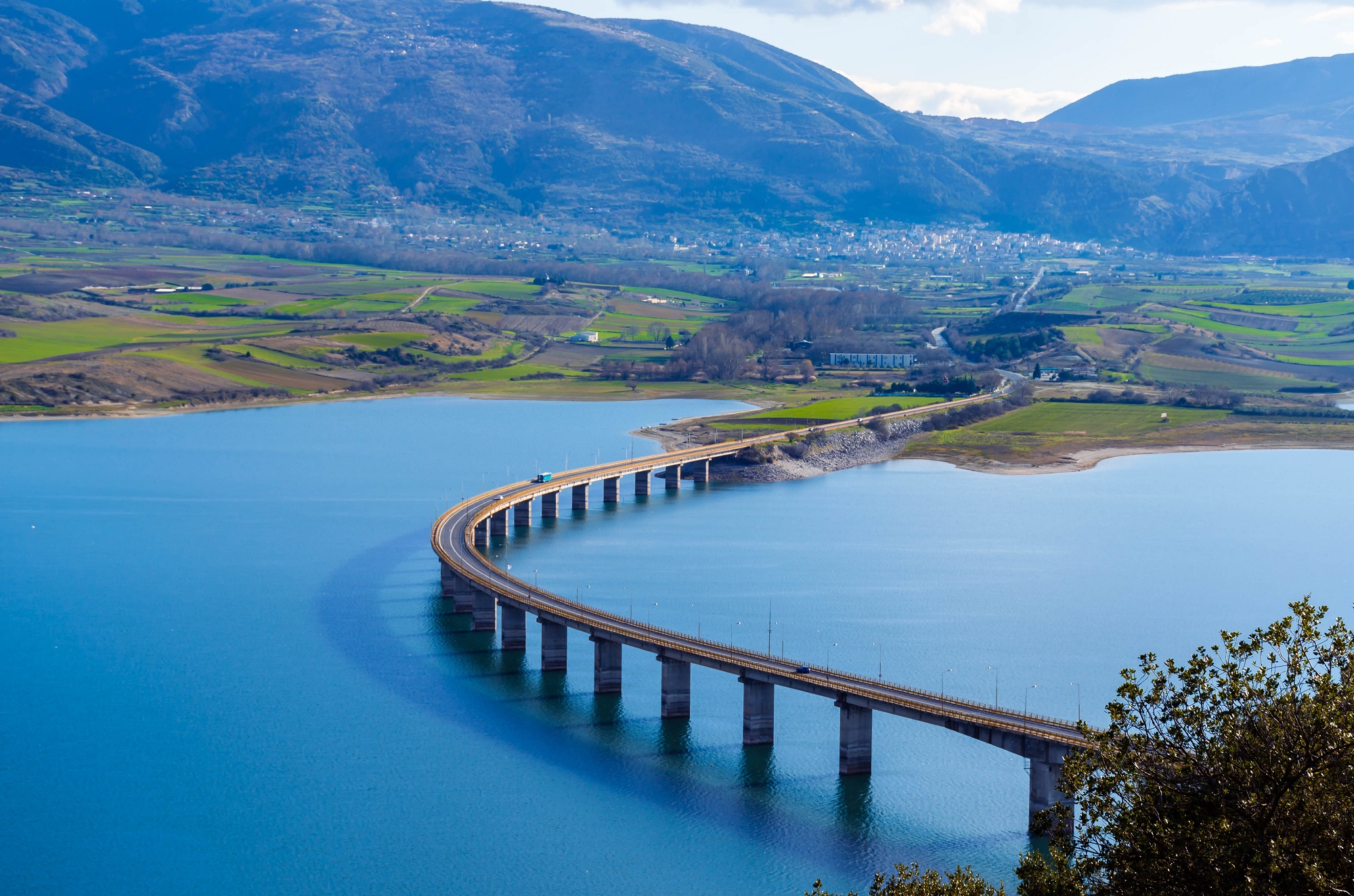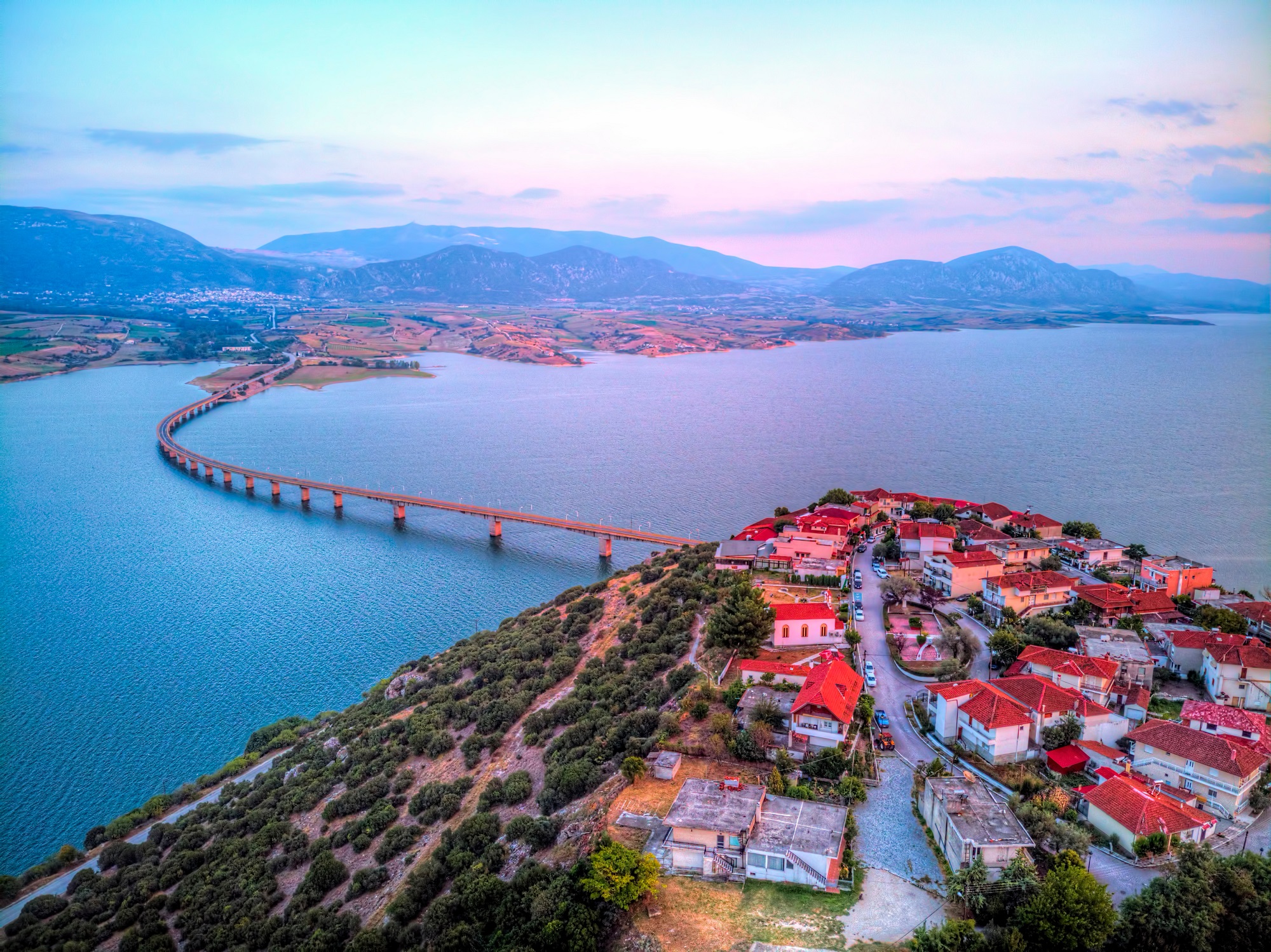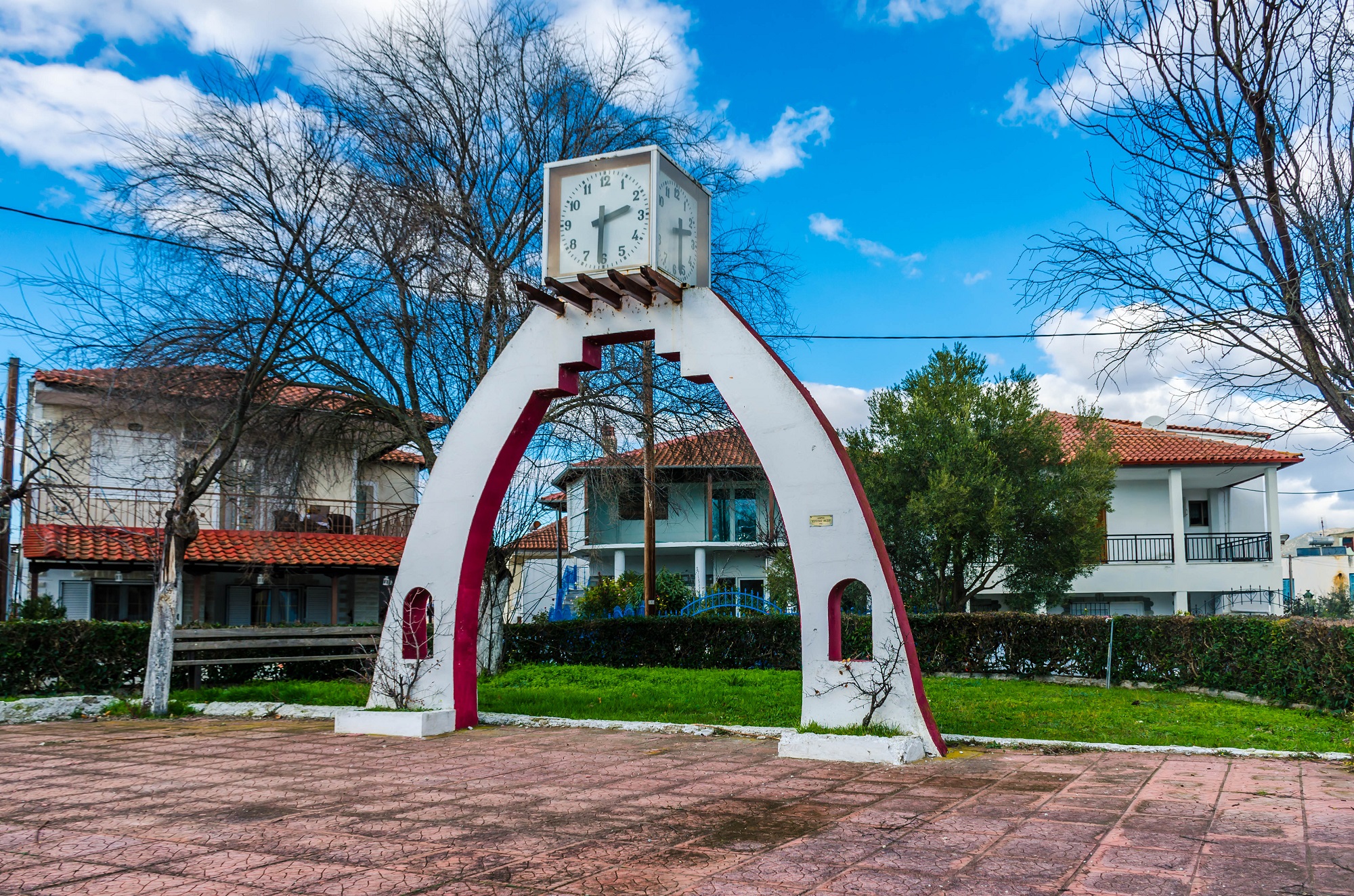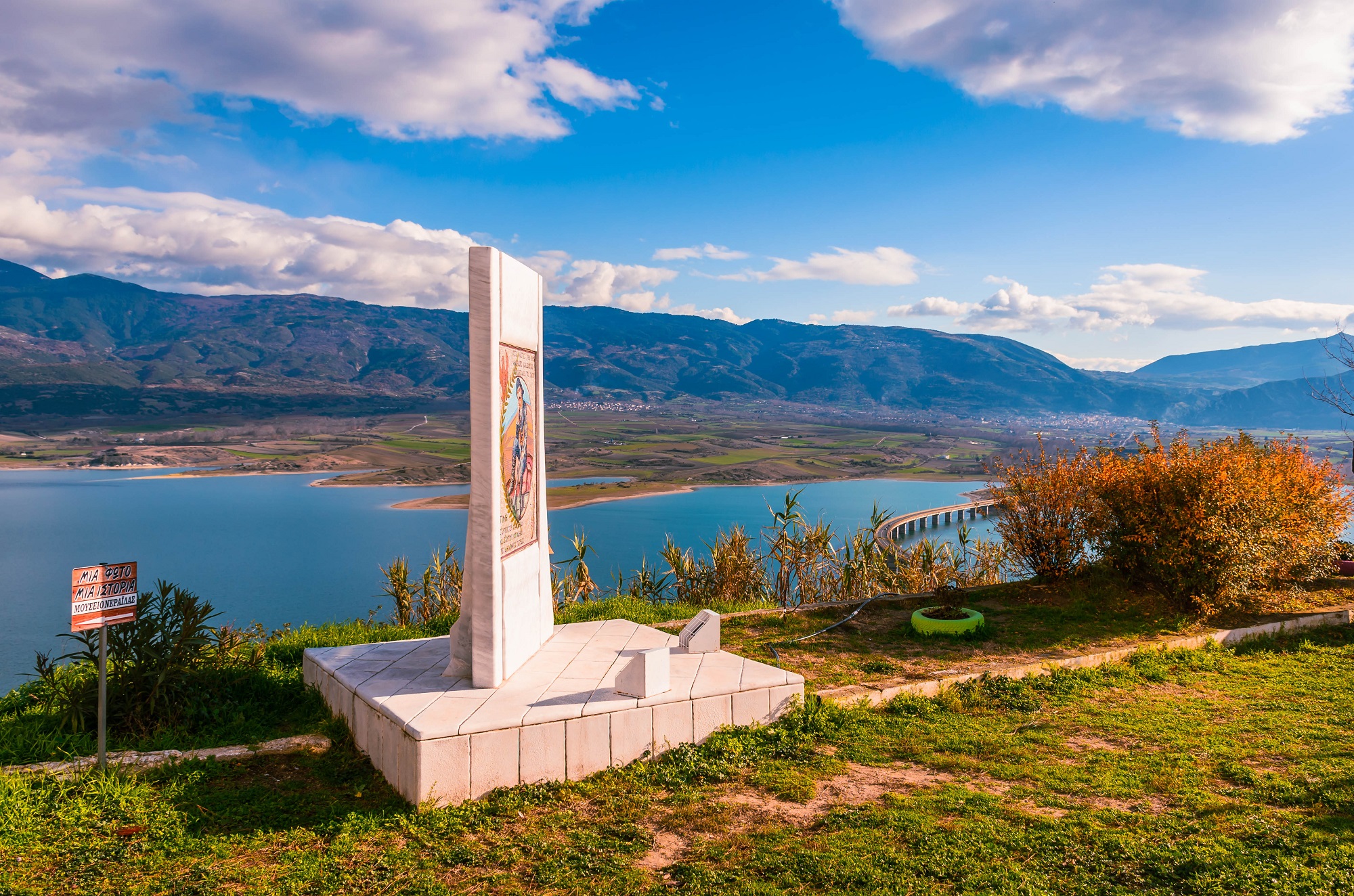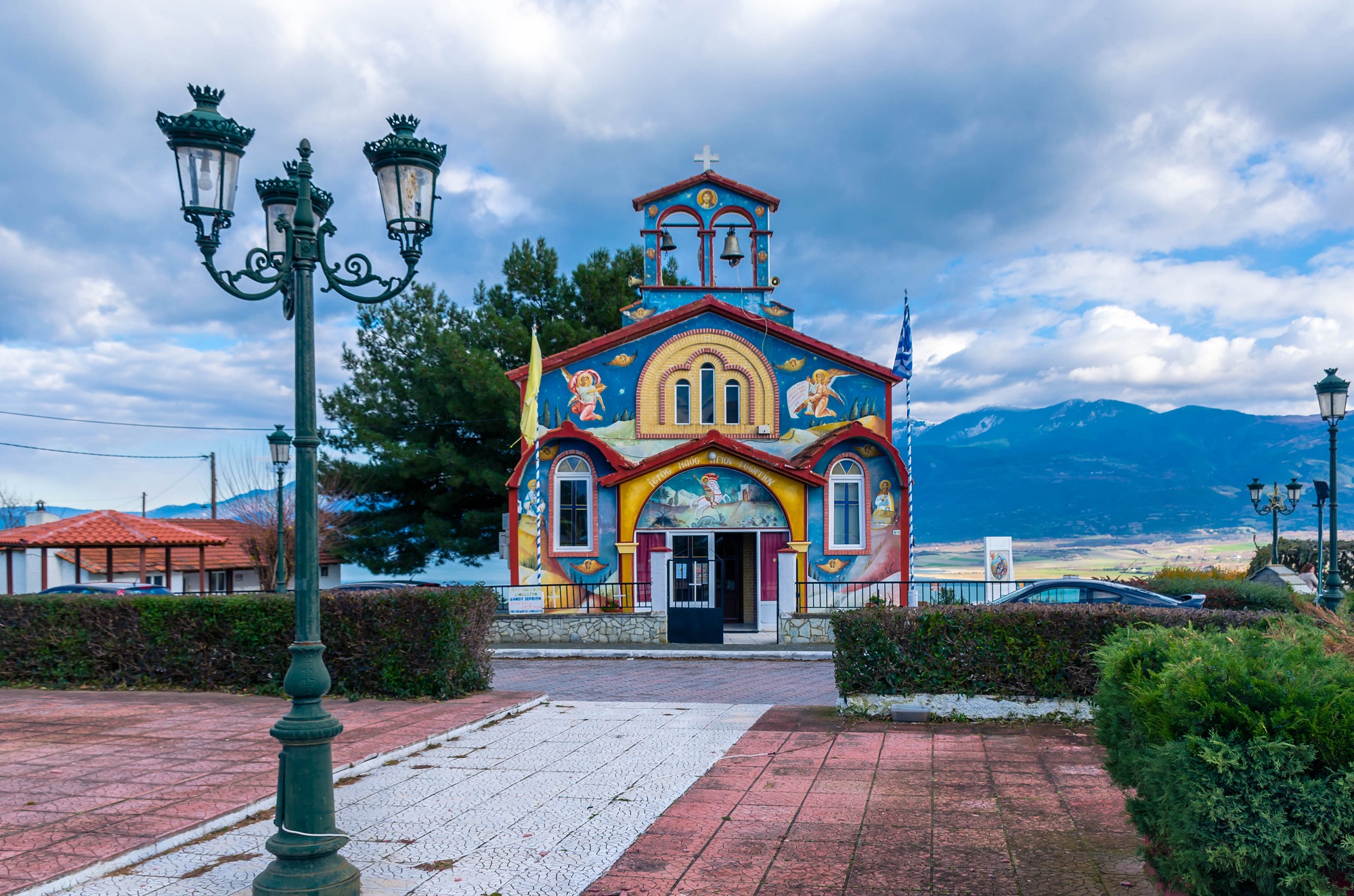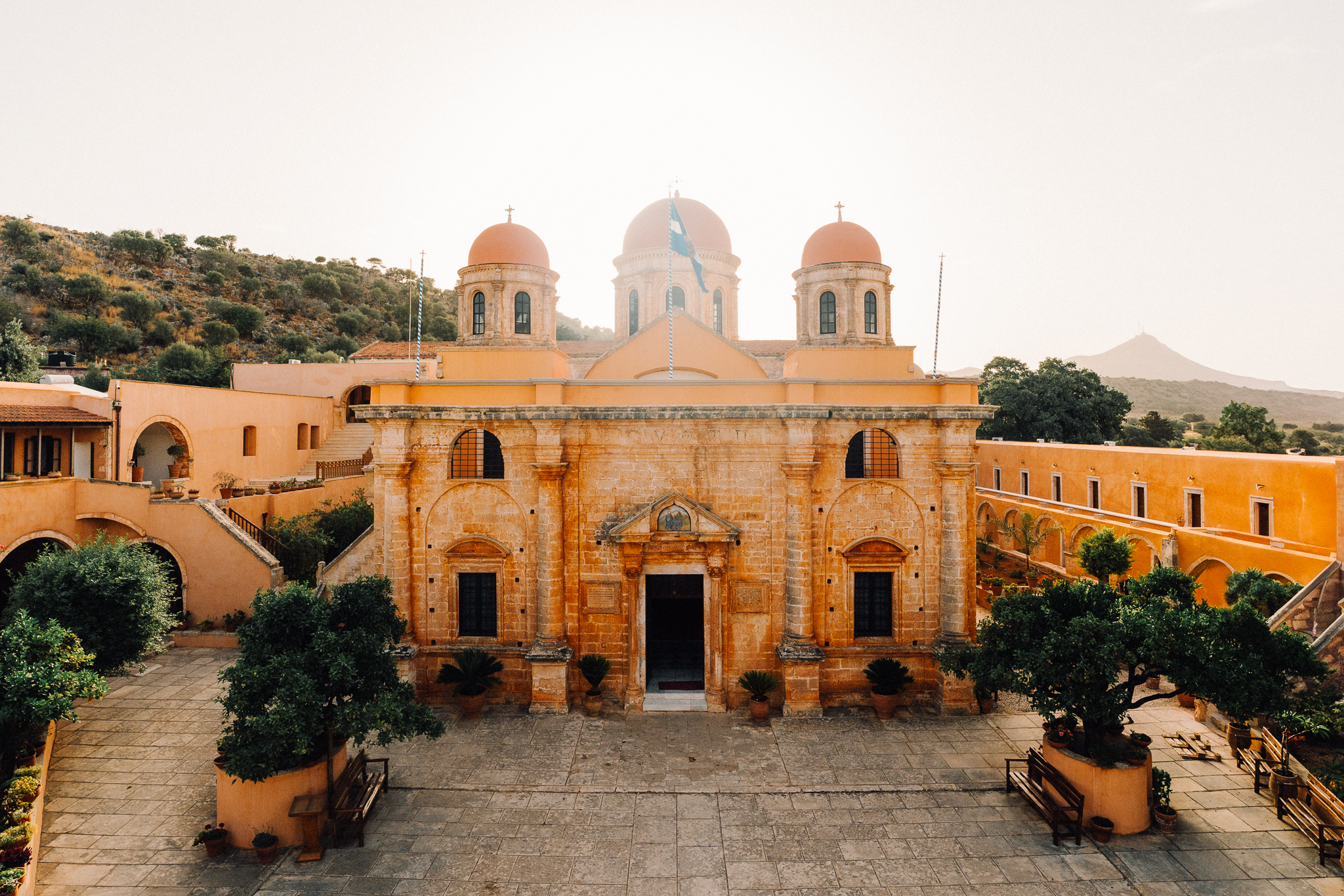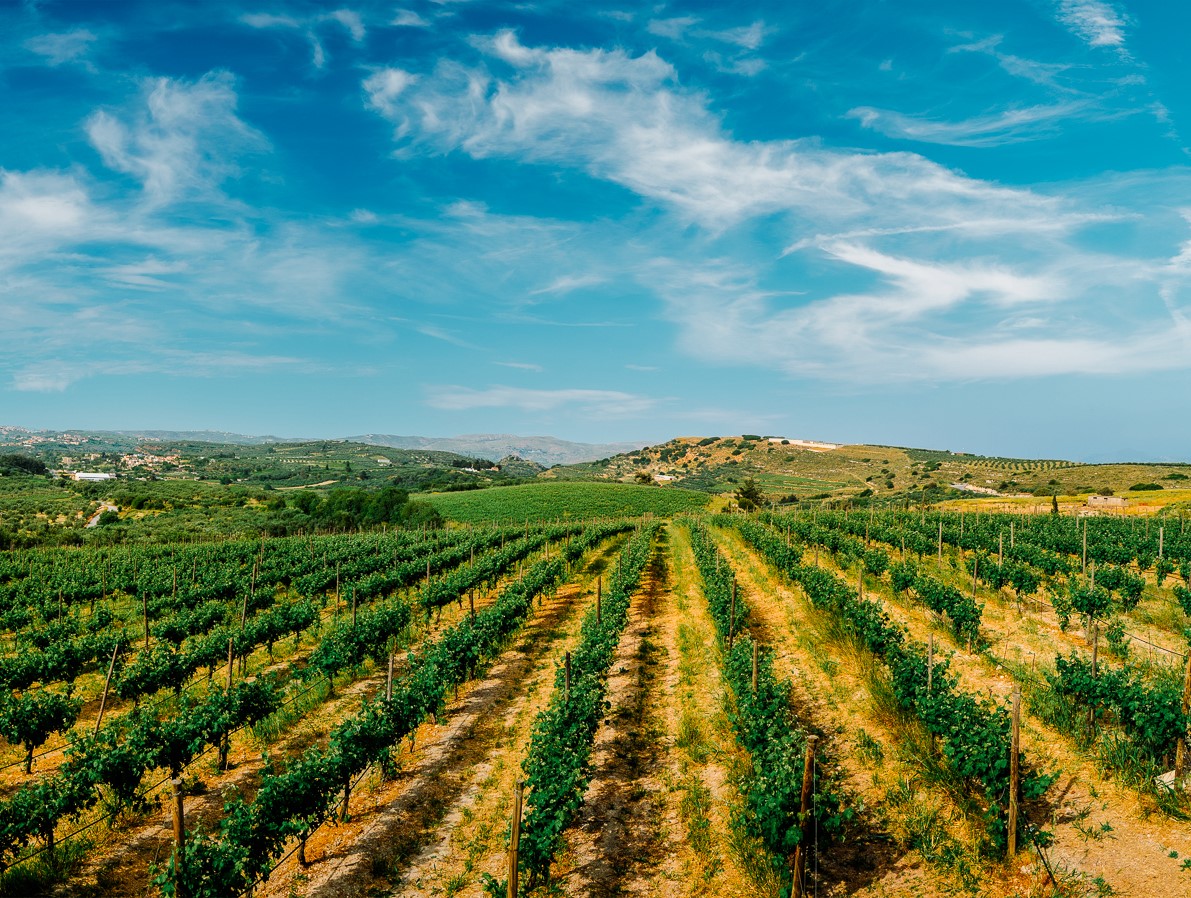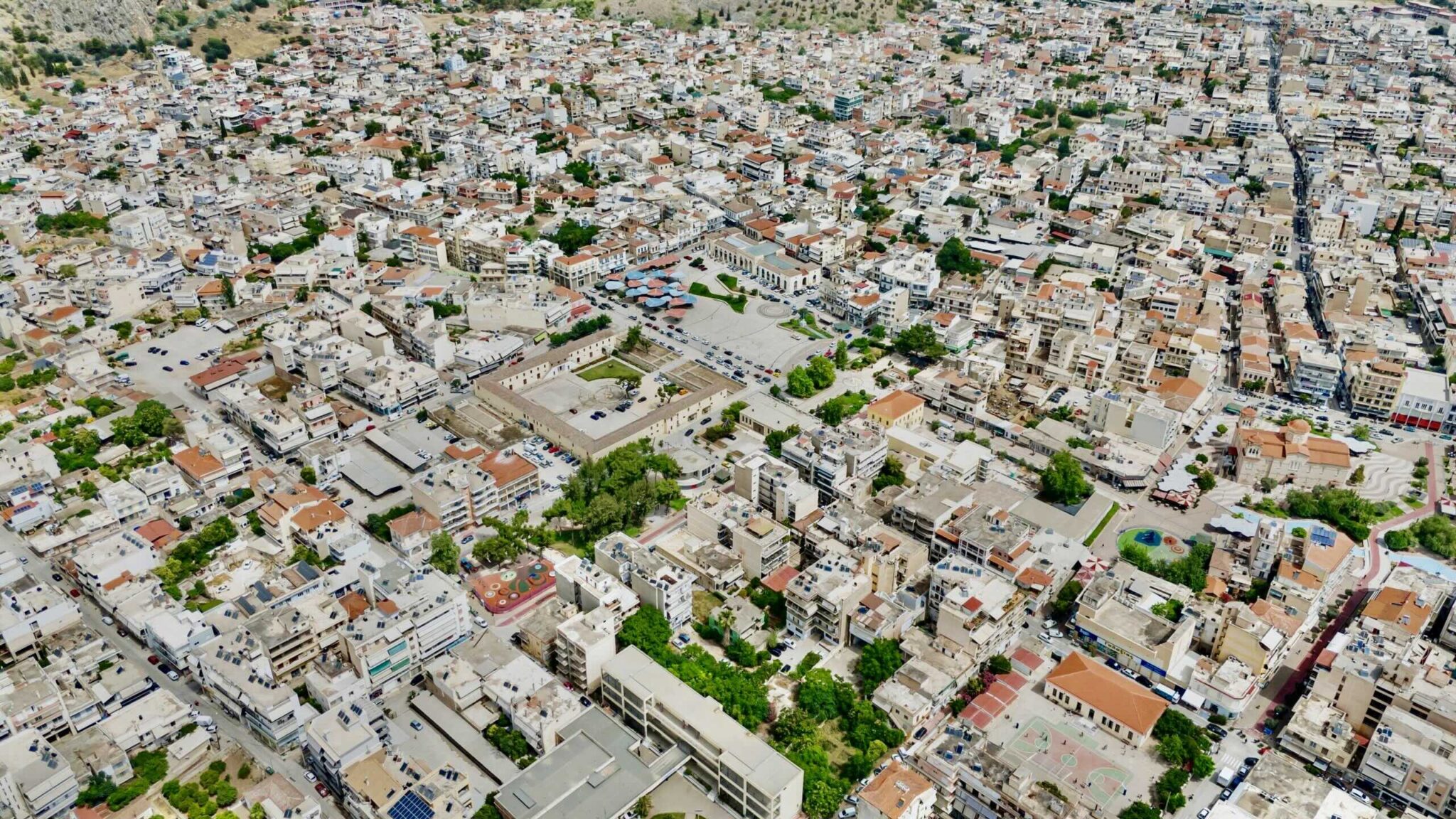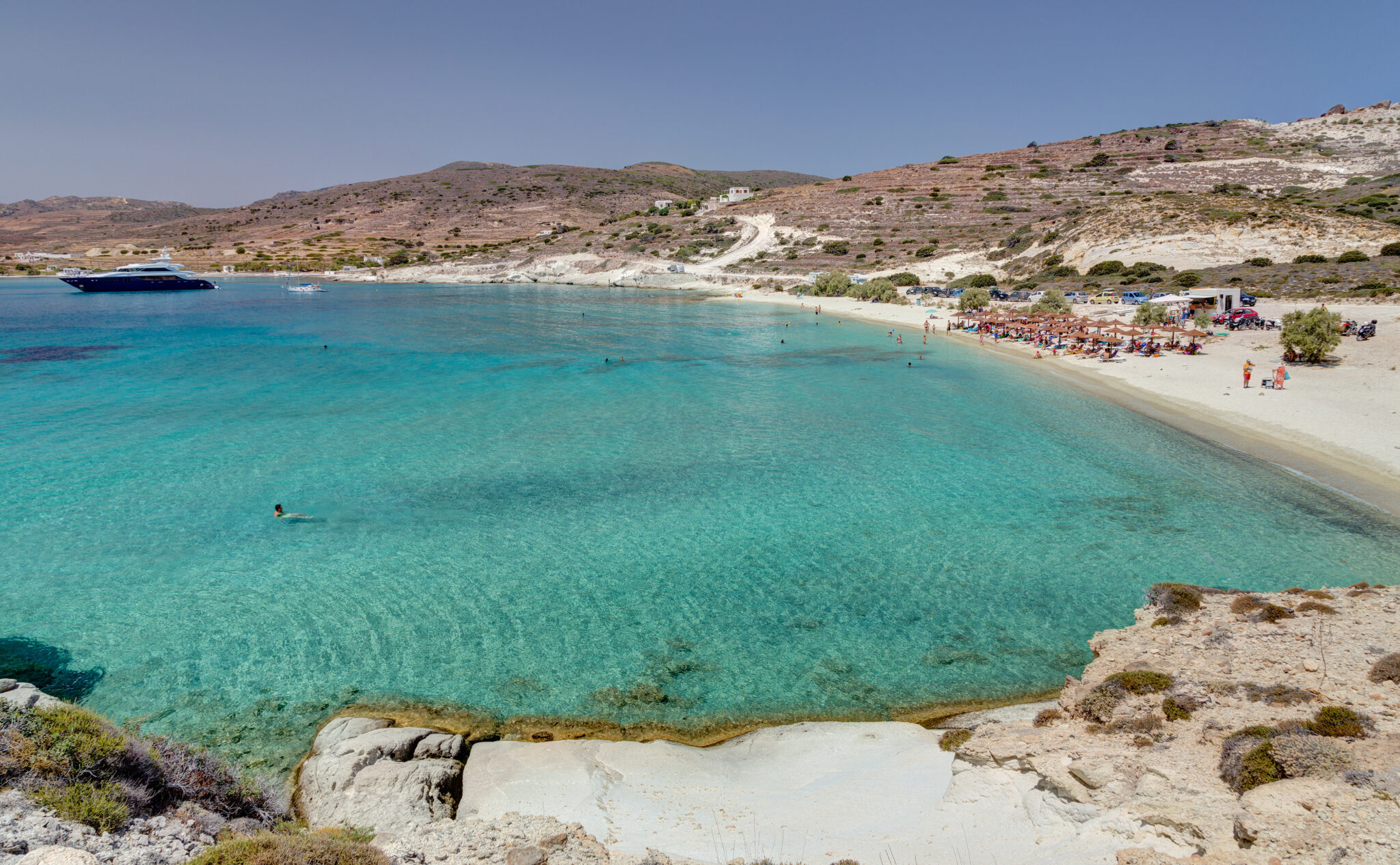Despite having a population of just 148 residents, Neraida has managed to become a popular destination for all seasons due to its stunning landscape with famed sunsets and the view of lake Polyfytos.
Neraida is just 20 km away from Kozani, 142 km from Thessaloniki. It is built on a 280 m tall hill, overlooking the area where the artificial Polyfytos lake was created in 1973. Stretching 74 square miles with a deepest point of 46 m, the lake belongs to the Public Power Corporation, but the residents have been granted its use for fishing and ecotourism development.
The wider area appears to have been inhabited from Roman times, however the village is much more recent: it was founded in the aftermath of the Greco-Turkish War (1919-1922) by Pontic Greeks that left the area of Sevastia and arrived in Lefkara, Kozani, in 1922. Lefkara proved to be unfit, as the land was infertile and dry, and so they moved in 1929, founding Neraida.
In 1974, due to the lake’s construction, the residents had to move as their village was going to be flooded. Many didn’t want to stay and so they left for Kozani, Thessaloniki and Athens. The remaining residents, however, around 30 families, founded today’s settlement, 1 km to the north, and since then have seen the area experience a gradual tourist development. Nowadays, many coaches park outside the village carrying visitors from Greece and abroad.
Something that intrigues visitors even before they visit Neraida is its name – it means fairy in Greek. According to legend, some of the first residents of the older village told stories of fairy sightings at dusk when crossing the hill. In another version, if they met young men, the fairies would speak to them, urging the men to fall with them in the waters of Haliakmon river.
These stories have a charming folklore interest. After all, anyone who is familiar with the Pontic Greek folklore will know that it contains an abundance of such creatures -fairies, pixies, spirits, and witches – that are not by default hostile towards humans, unless they feel offended. However, more prosaically it is likely that the immigrants wanted to name the village Nea Iraklia, but the Bishop of Servia & Kozani Joachim suggested Neraida due to the many waters in the area.
Accommodation, food and coffee
The general development of the area has ensured that there are many good accommodation options available – mainly in Velventos (on the other side of the lake, a 10-minute drive away) and Servia (6 km away from Neraida, a 5-minute drive). In Neraida, you can also rent a whole villa if you’re looking to relax in a more private setting.
In the village, you can enjoy the view while having a coffee and a light meal at River, while Irida, with a cosy interior is another good choice for coffee with a pleasant panorama and a selection of snacks. Hook is the go-to for pizza.
As far as restaurants go, the traditional tavern I Folia is one of the oldest establishments in Neraida. It has a view of the Pieria Ori and serves both seafood and meat- depending on the season and availability, try the crayfish, the venison in wine sauce and the roast wild boar. At Anemohadi you will find a good selection of Mediterranean dishes, as well as fresh fish from the lake such as carp, catfish, and roach, there is pork tenderloin in mushroom sauce and graviera cheese served with potato rissole.
5 things worth doing when you’re in Neraida
Stand at the village’s entrance to see a fame sunset
Usually, people don’t stand at the entrance to a village as life goes on around the main square, but in Neraida’s case, it’s worth doing so, especially if you find yourself there in the afternoon. You’ll find a small park with benches there where you can sit and enjoy one of the famed sunsets that are just as good as a those on an Aegean island. This is thanks to Neraida’s general resemblance to an island, since on both sides it overlooks Polyfytos lake, with the Pieria Ori mountains on the horizon.
Traversing the stunning view is the impressive Servia high bridge that forms part of the Kozani – Larisa National Road. Its total length is 1,371 m and its foundations are at the bottom of the Haliakmon river. It is held up by 27 columns and the tallest of them is 53 m high.
Visit the Neraida clock
Quirky and seemingly out of place, it is in the small, verdant central square on a 4 m tall arch.
Visit the monument of Kotza Anastas
Directly linked to the past of the people of Neraida, the monument of Kotza Anastas (Anastasis the Great) was built in 2015 to honour the figure of Anastasios Papadopoulos who is known in the collective memory of the Pontic Greeks as the “Last Akritas” (during the Byzantine empire, the guardians of the borders were called Akrites): for the populations of Western Pontus, he has a similar status to that Theodoros Kolokotronis, the general in the 1821 War of Independence, has for the Greeks.
Kotza Anastas lead the Pontic resistance against the Turkish repression and played a crucial role in the battles of Toptsam, fighting the armies of Liva Pasha first and then Tahmid Pasha. Despite being very young, he became a symbol of the fight as he used to go into battle holding a knife in one hand and a Greek flag with the Pontic eagle in the other.
Kotza Anastas was assassinated aged 26 in December 1922 in a set up in the village Ezeni, where he was helping the Greek residents evacuate the village. His head was severed and hung on a telegraph pole as a warning, something that caused great pain to his brother Giorgos who tried to take it down and was killed by the Turks as well. The three remaining brothers reached Greece as immigrants keeping his memory alive.
Walk on the pedestrian walk
This is a favourite path of every visitor, as it is just 500 m long and offers the opportunity to be in the nature of Neraida. The pedestrian walk has been built to go through the village: it starts at the entrance to the village and ends at Agios Georgios church, right across the main square.
Depending on the season, the walk is filled with fragrances from the blooms by the walk – mountain tea, mint, thyme, chamomile. If you’re not in a hurry, you can also go off the walk to one of the dirt trails that lead to the hill’s clearings among the holly trees. This way you will reach one of the most important sights of the village, the Neraida cave, the home to wood pigeons and bats.
Visit the church of Agios Georgios
Agios Georgios is the patron saint of Neraida and this church is often chosen for weddings or christenings, even by people who are not from the area, because of its painted façade, and its panoramic view of the Neraida park, the lake, the bridge and the mountains in the background.
Read also:
In the Purple Crocus-Scented Fields of Kozani, Northern Greece
Drama: Diverse, Delightful, Dynamic, Divine and Dramatic
Floating History: The Boats of Kastoria, Northwestern Greece



